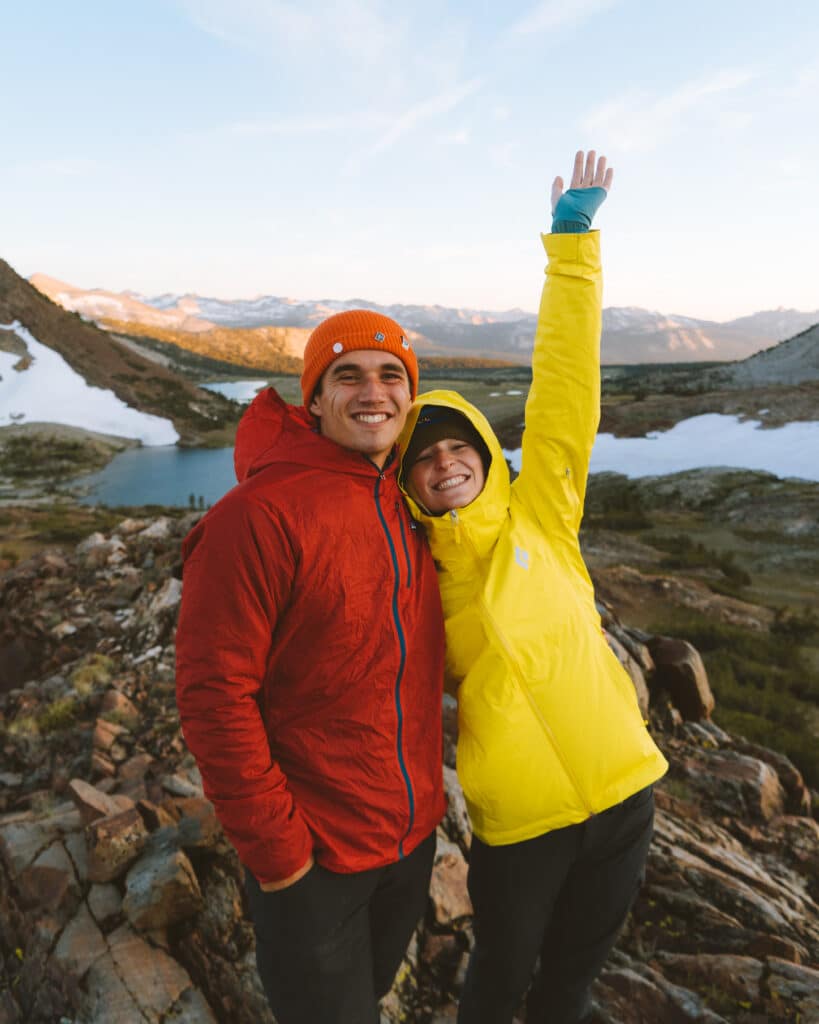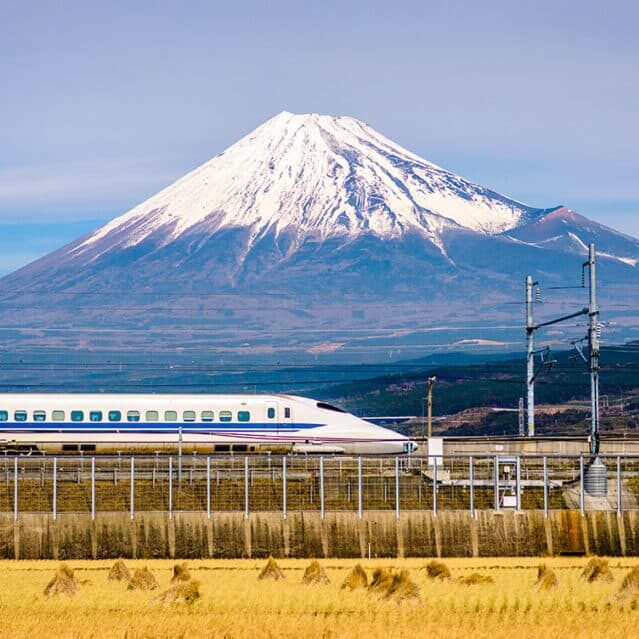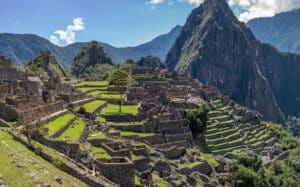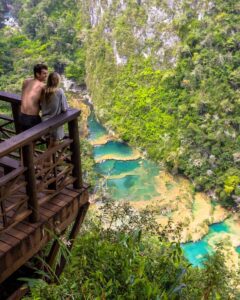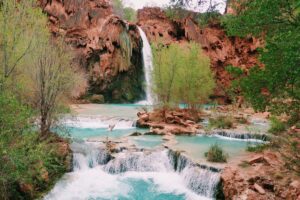How to Get Backpacking Permits for Yosemite National Park
Disclaimer: This post may contain affiliate links. Please see our Disclosure Policy and Advertiser Disclosure for details.
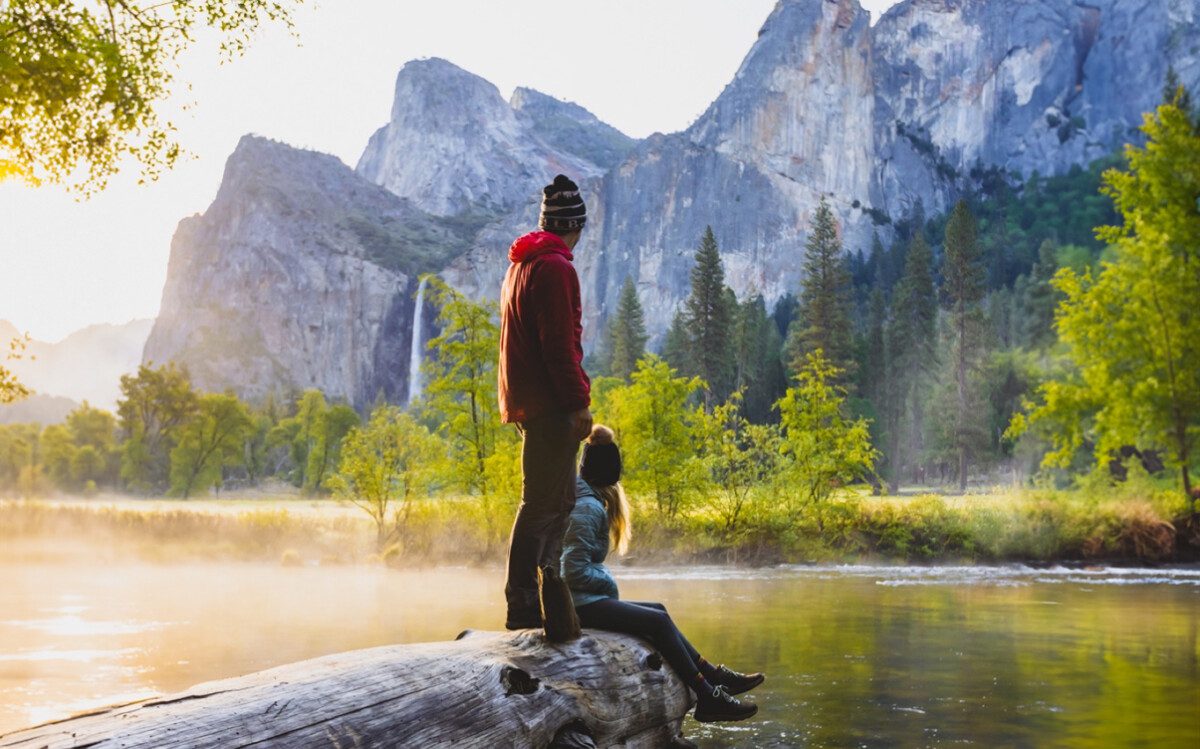
Yosemite National Park is one of the most impressive stretches of conserved land in the whole United States, so it’s no wonder that over 3.5 million people visit the park every year. In just 1,200 square miles, you can see all kinds of different natural monuments, from glacier-carved valleys to incredible sequoias, and the waterfalls are not to be missed.
As adventurers, we’ve been to many different parks and preserves around the world, including just about everywhere you can visit in California, and we rank Yosemite as our favorite.
If you just want to drive through Yosemite and see the sights, you’re free to do so, but we like a little more adventure than what you get from behind the wheel. Backpacking is one of our favorite activities, so what could be better than combining backpacking and Yosemite?
Why a Backpacking Permit is Required for Yosemite
Yosemite is a very popular park, and despite how large it is, there are a few very popular trails and paths through it to see the sights. With millions of people visiting every year, you’d expect every inch of the park to be crawled through and worn down without some kind of protection.
Indeed, that sentiment has been around for decades. Lyndon B. Johnson had the same thought back in 1964 when he signed the Wilderness Act. The act established a list of over 800 federally-protected wilderness areas meant to be preserved as free from human touch and development as possible. Today, the combination of the National Park Service, US Forest Service, US Fish and Wildlife Service, and Bureau of Land Management works to maintain these parks in as pristine a condition as possible.
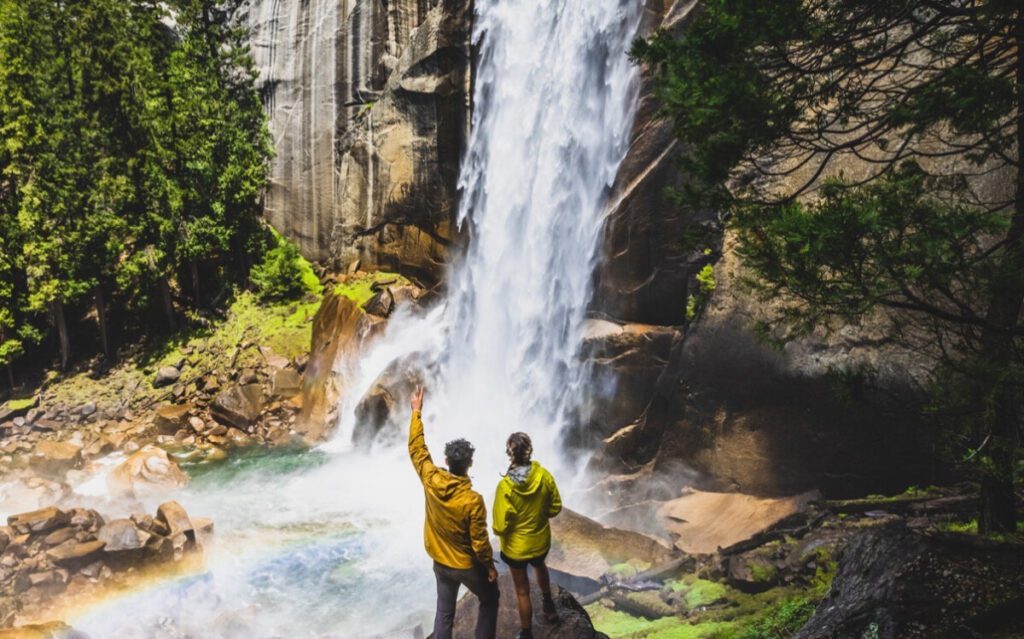
Part of making sure that Yosemite is preserved for future visitors and generations to come is limiting how many people can visit it. To keep track of visitors hiking, backpacking, and camping, wilderness passes are required.
What Permit Do You Need?
Unfortunately, the Yosemite pass system is a little complex. The pass you need to get depends on what you plan to do and where you plan to go.
If you’re stopping in for a day hike but don’t plan to camp, you don’t need any sort of permit, just the daily entry fees collected at the entrances to the park.
If you want to hike and backpack through the park and camp overnight in the backcountry, you need the wilderness permit.

If you want to hike and camp in a designated campground, you don’t need the wilderness pass; rather, you need the campground reservation for the camping spot you want to park yourself for the evening.
If you want to hike up or climb the Half Dome, you need a relevant pass with the Half Dome permit. Both day passes and wilderness permits have Half Dome variants if the Dome is your destination.
Finally, if you want to hike through and exit Yosemite, like if you’re hiking the long haul through the John Muir trail, you need a wilderness permit with the Donohue Pass exit.
This is all a little complex. We recommend deciding what kind of adventure you want to have, then figuring out where you want to camp and whether or not you want to hit the Dome. Then, you can figure out which pass to apply for. You can read more about them in the Wilderness Permit FAQ.
How to Get a Yosemite Wilderness Permit
Getting a backpacking pass for Yosemite is surprisingly difficult. There are a limited number of passes every day, but you can’t generally just walk up and get them. Your best bet is to play the lottery.
No, not the Powerball; the Wilderness Permit lottery.
Once you know the date you want to visit and backpack through Yosemite, you can start applying for your pass.
60% of the available allotment of permits are available starting 24 weeks (or six months) prior to the date of the pass. Everyone who wants a pass that day signs up, and a lottery system picks the people who get access to the pass. Sometimes, there are more passes than applicants; when this happens, remaining passes become available on a first-come, first-served basis starting 22 weeks before the date of the permit.
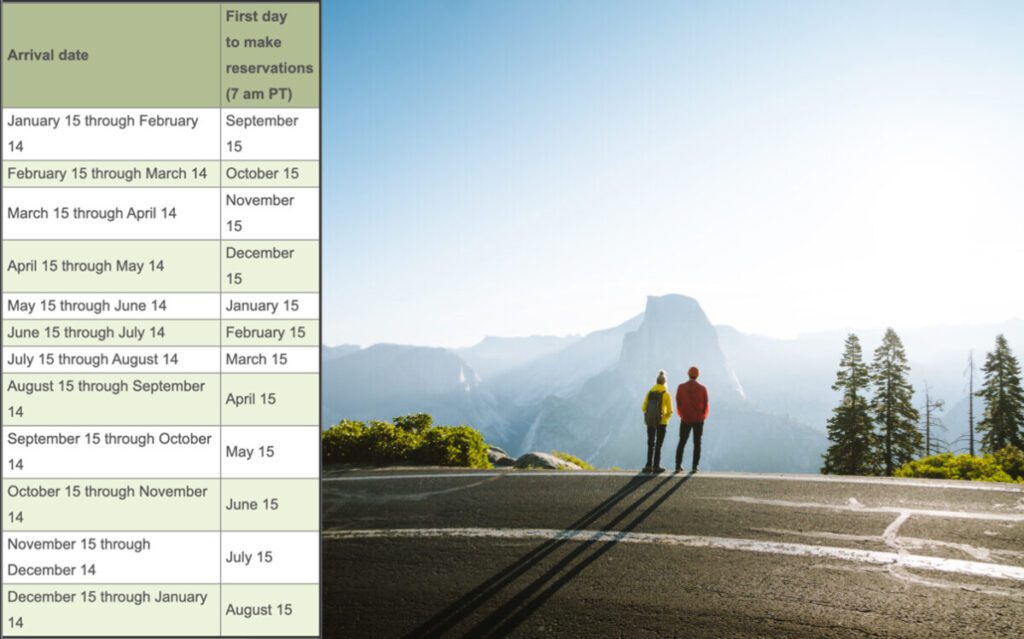
The remaining 40% open up one week before the date of the permit. This allows for last-minute planners and even day-of visitors to get permits if any of them are available.
There are a few notes about this system.
- Permits are per trailhead. Different trailheads have different levels of popularity, difficulties in hiking, places to stay, things to see, and more. Planning your itinerary is a key part of picking the permit you want to get.
- It costs $10 for an application and, if you’re chosen, another $5 per person using the pass.
- You can only apply once per weekly lottery.
- You can have a maximum of six active reservations at a time (sorry frequent Yosemite visitors; let some other people have your space!)
- Wilderness permits are required all year, but reservations are only required for the “on season,” May through October. The rest of the year generally has lower visitor counts, so there is more availability and more opportunity to pick up a pass at the gates.
“The Yosemite Conservancy wilderness reservations office processes all permit reservation applications. Its hours are Monday through Friday, 9 am to 4 pm. The office is closed from the third week of October until mid-November, on federal holidays, and for lunch (noon to 1 pm).” – NPS.
With millions of annual visitors, surely there will be a lot of permits, right? Well, not really. Each trailhead has a quota, and those quotas are surprisingly limited. Popular trailheads like Tioga Road’s Ten Lakes trailhead have up to 24 reservable and 16 walk-up permits available, while less populated trailheads such as the May Lake to Snow Creek trail only have six reservable and four walk-up permits per day. That’s people, not permits, too.
Another note: wilderness passes are surprisingly strict. If you hike out of the wilderness, even if you intend to go back in, your pass is void, and you’ll need another one. No shuttles, no temporary stops outside, nothing. Once you go in, you stay in for as long as you can on your plan.
Tips for Snagging a Yosemite Backpacking Wilderness Permit
Navigating the permit system can be a confusing mess, so it’s a bit easier if you view it as a process.
First, decide on what kind of trip you want to take.
- You can browse maps and reviews and plan your own trip from scratch. The Yosemite Reddit is pretty good for ideas.
- You can follow itineraries published by people who visit and love the park. (Hey, that’s us!)
- You can work with a company to book a trip in advance. This option comes with the advantage of not having to deal with the permit system yourself.
Part of deciding on the kind of trip you want to take is also deciding when you want to take the trip. Keep in mind that some areas are generally either closed or much more treacherous in the winter season, so you may need different gear or have different starting points to reach specific areas. Some destinations also require specific times of year, like the Firefall, which can only be seen in February.
If you’ve planned your trip far enough in advance, you can apply for a permit the moment applications open, 24 weeks before the date of your trip. This requires a lot of foresight and planning, but it’s worthwhile to get that greater chance at getting a permit.
If you aren’t planning quite that far in advance, or you don’t get in the initial lottery, you can try to get a first-come, first-serve pass starting 22 weeks before the date of your trip. These go fast, but you can keep checking back because sometimes they end up canceled, and you can snag one that goes back into the available pool.
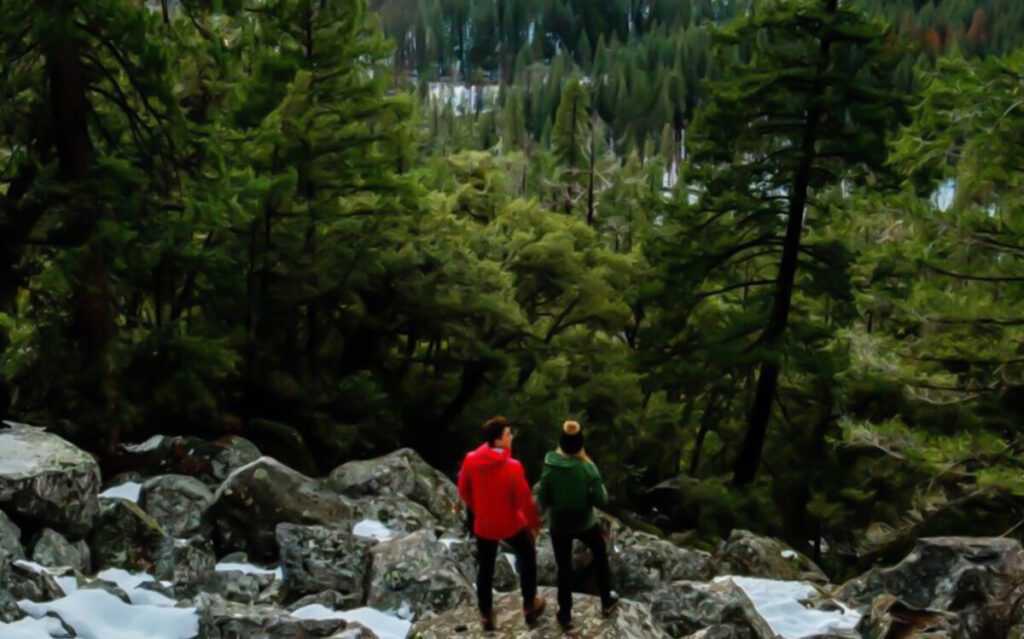
If you keep having no luck, you can start trying to get some of the remaining 40% of passes the week before the trip. This isn’t too bad if you’re planning a trip from somewhere local like we are in SoCal, but if you’re planning a major vacation from the East Coast or something, having your vacay derailed by pass availability feels awful.
If you’re insistent on trying to get in, showing up the day of means you may be able to snag a cancellation or leftover passes, but it’s never guaranteed, and you might be out of luck.
This site is your friend. You’ll need to camp out on this calendar until you get the passes you want.
For many people, buying a trip through a trip planning organization is a better way. You’re pretty much guaranteed to get a pass for your plan since these companies tend to have a lot more sway and can get the hookup when people trying to go it on their own are out of luck.
And no, for those of you wondering, there’s not really a secondary market for these passes. You can’t just go on eBay and find people selling passes for vacations they canceled or anything like that. You have to play the system just like everyone else.
Getting the Most Out of a Yosemite Backpacking Trip
Here’s a question for you: how much do you really want to camp in the backcountry?
You can get a ton of great hiking and visiting Yosemite from the official campgrounds and lodging stations, and you don’t need a wilderness permit for them. It’s easier to get a campground space, and you still have a lot of flexibility; you just can’t do lengthy overnight out-and-back hikes.
If you’re determined to camp in the backcountry and want to make the most of your adventure, here are some of our most important tips.
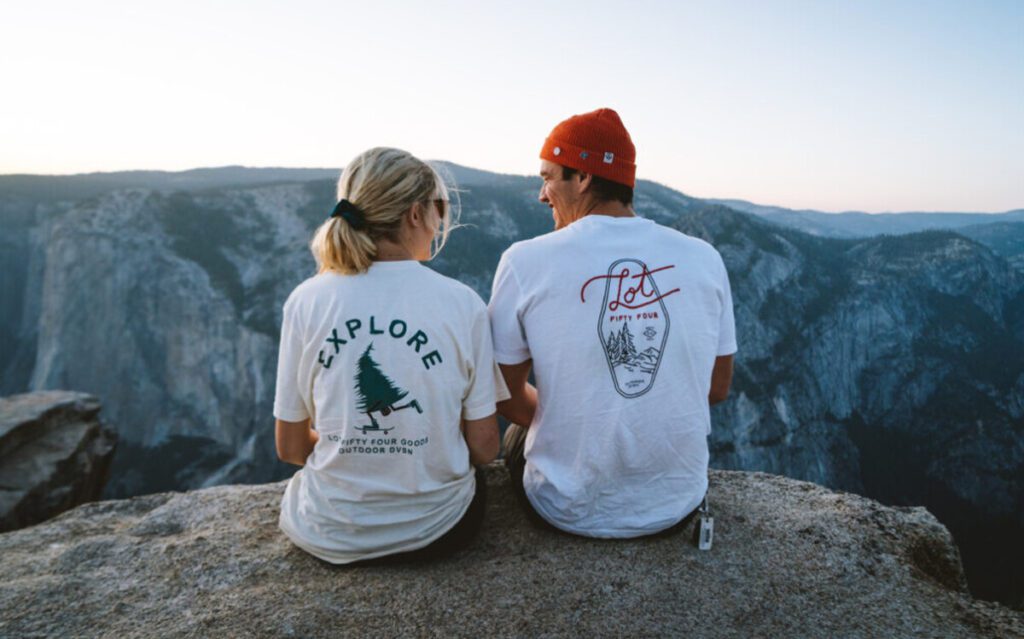
Make sure you have the right gear. This guide is our general overview of things like backpacks, sleeping gear, clothing, and other parts of the kit. If you’re planning an overnight adventure, you need to cover all the bases, including preparing for emergencies. People get lost in Yosemite all the time, so make sure you know how to handle it if the worst happens to you. Bears are also a hazard in Yosemite, so be prepared there as well.
For more specific recommendations:
- Here’s our guide to hiking shoes, backed by a ton of experience trying different brands on our adventures.
- Here’s our checklist for cooking supplies. Remember, space and weight are both important considerations for backcountry adventures.
- Here’s a deeper dive into clothing since layers and the right level of gear is critical for a successful adventure.
Outdoor adventures are heavily beholden to the whims of nature, and that means you need to be aware of the current conditions in the park when your adventure looms.
This page has the current conditions for Yosemite, including road closures, snow closures, warnings for hazards like flooding or fire, and more. Double-check in the days leading up to your adventure and the day of, in case anything changes. Make sure you have a backup plan if your main plan ends up inaccessible, too!
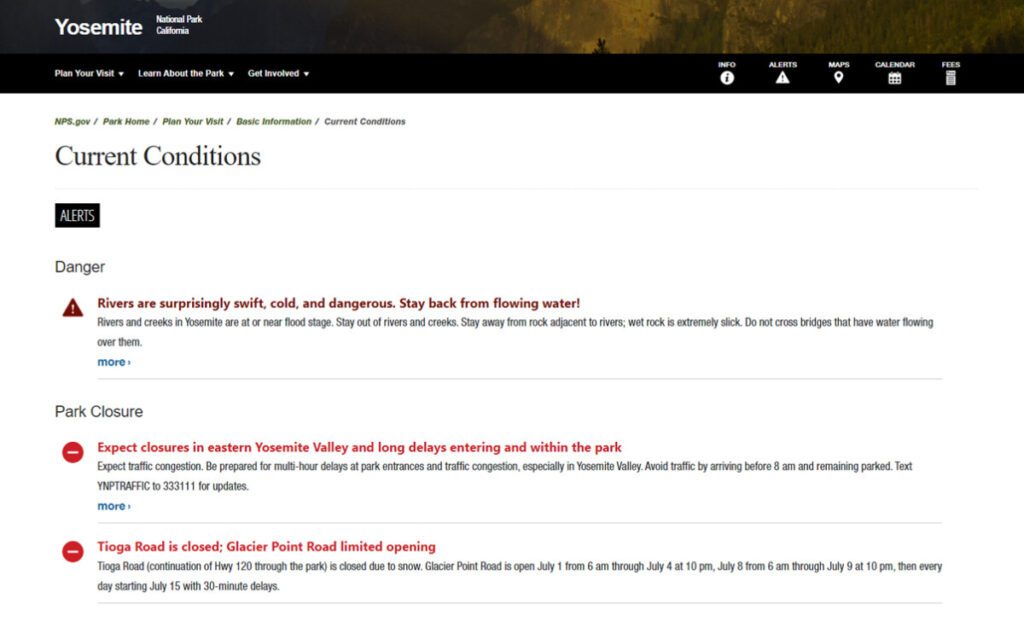
Don’t be afraid to be conservative in your plans. One of the biggest risks of an adventure like Yosemite is biting off more than you can chew. Not only does it suck to push yourself beyond your limits and end up stuck, it feels bad to derail your plans because of it. Remember, you can always adjust on the fly with the proper planning and gear.
If you have questions about Yosemite in particular or hiking and camping adventures in general, feel free to drop us a line and ask! We love helping others enjoy our hobby, and sometimes, there’s a perspective you just can’t get reading impersonal blog posts. We look forward to hearing from you and can’t wait to help you get started on planning your next adventure!
You may also enjoy:
